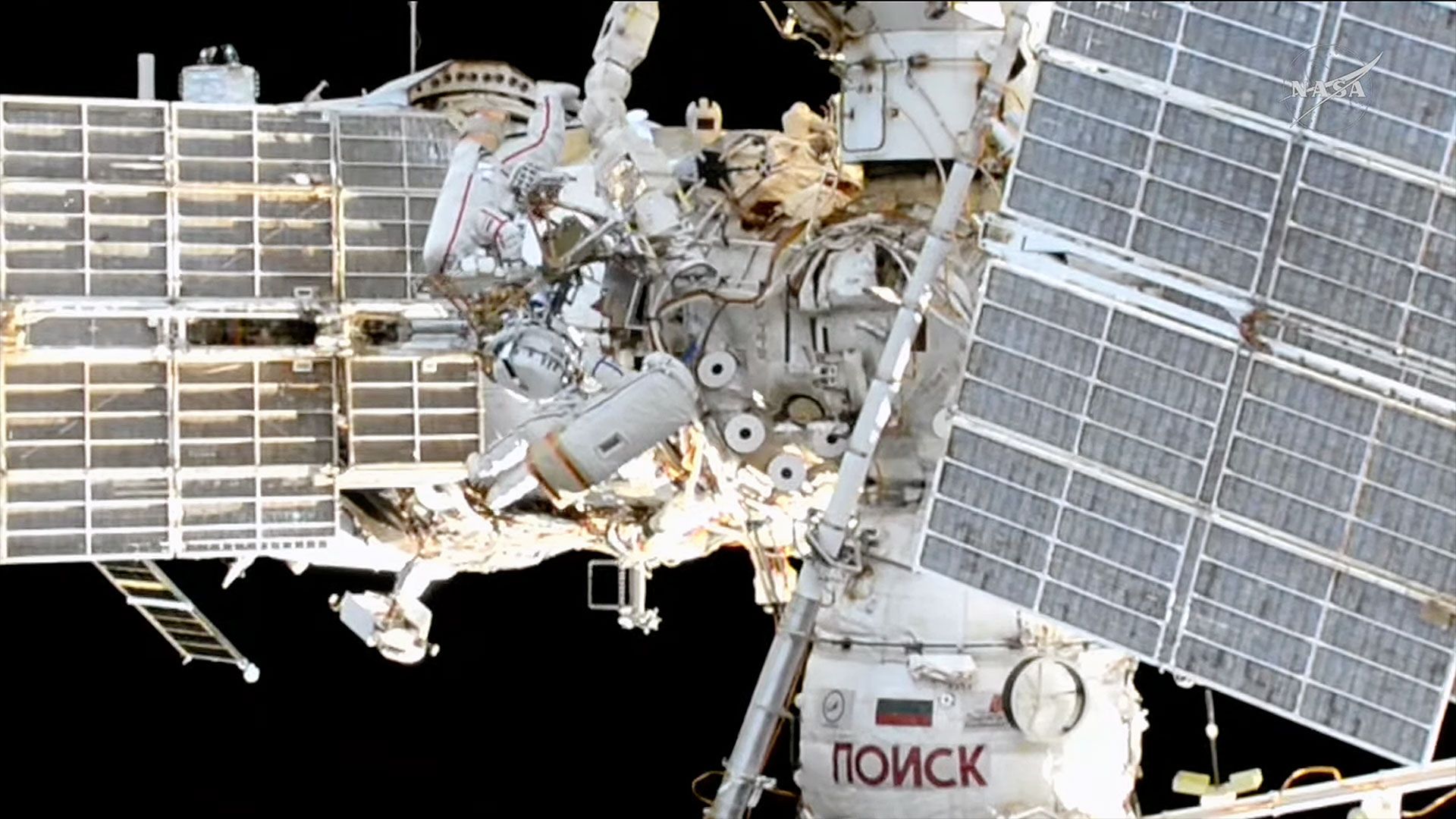Two Russian cosmonauts are back inside the International Space Station after conducting a spacewalk to install a semiconductor materials experiment, as well as retrieve and jettison a no-longer-needed camera from the exterior of the orbiting…
Category: 7. Science
-

Mountain glaciers will lost their insulating air layer, study finds
A natural cooling mechanism has been shielding the world’s mountain glaciers from increasingly warm summer melt seasons, but new research by an international science team says the protective process will break down by mid-century.
Glaciers at…
Continue Reading
-

Citizen scientists help spot massive ring-shaped radio galaxies
Three enormous and peculiar radio light rings were discovered far, far outside our own galaxy, shedding more light on one of the enigmas that have long perplexed astronomers.
The find was reported by the RAD@home Astronomy Collaboratory — a…
Continue Reading
-

Conditions right Thursday night for Northern Lights in 15 states
The Northern Lights (Aurora Borealis) are seen over the American flags in a cemetery in Wadsworth, Ohio Friday May, 10, 2024. Photo by Aaron Josefczyk/UPI | License PhotoOct. 16 (UPI) — The Aurora Borealis, typically only seen in the farthest…
Continue Reading
-
SpaceX Finishes Five-Flight Starship-Super Heavy Version 2 Test Series
SpaceX Finishes Five-Flight Starship-Super Heavy Version 2 Test Series | Aviation Week Network
